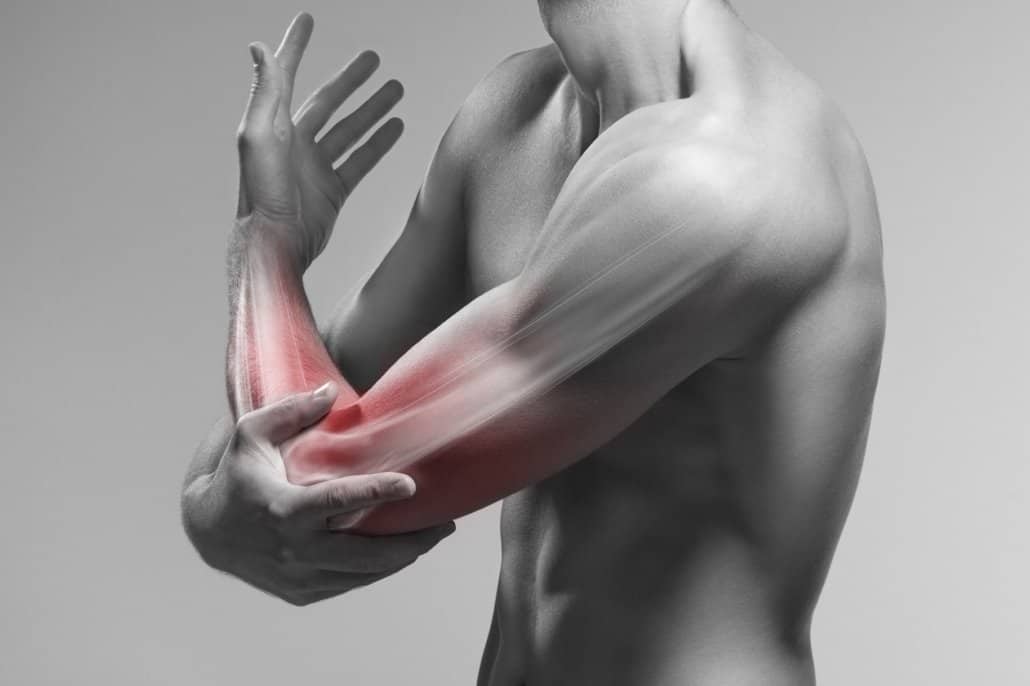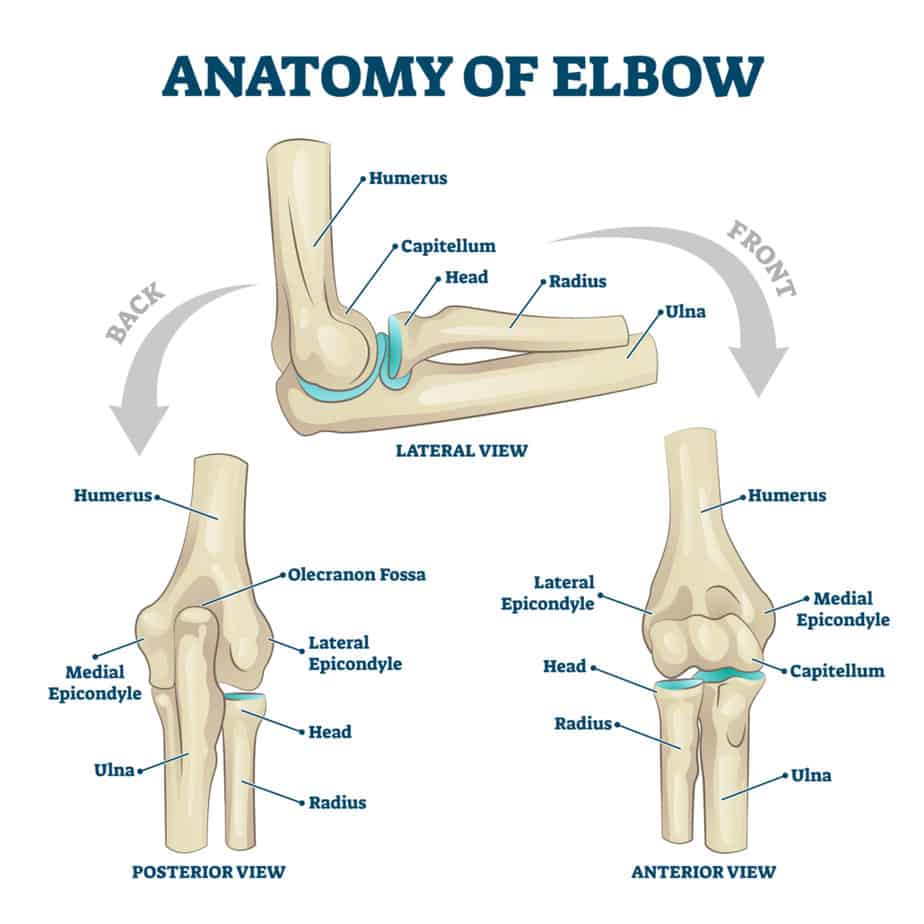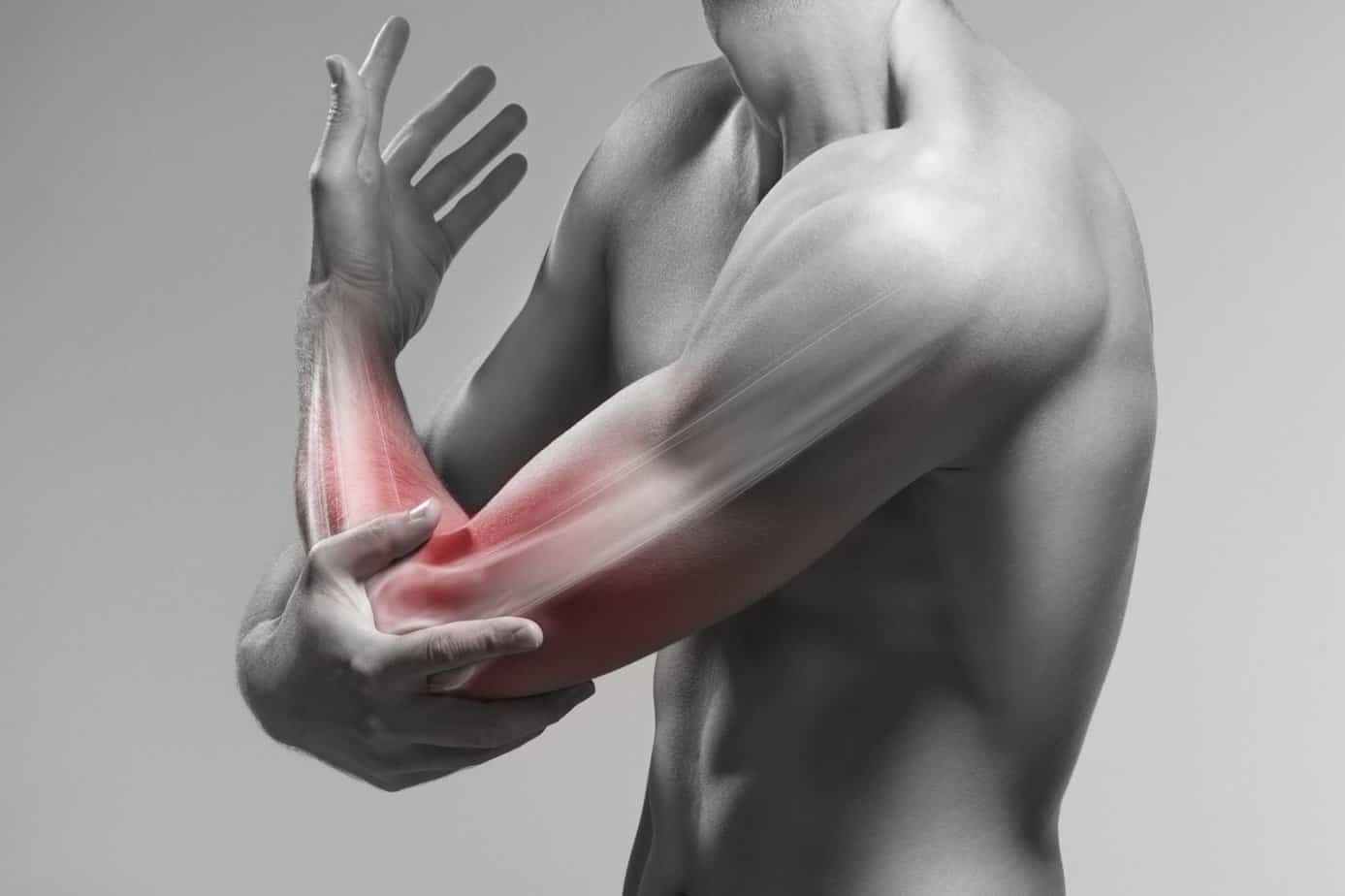The elbow injury ‘epidemic’, and how to rehabilitate successfully
An elbow injury can often impact athletes who perform movements like the baseball pitching action, tennis shots, and golf swings, and a rehab program that is staged and structured will best prepare athletes to return to their respective sports.
Elbow injuries have become increasingly common, specifically in those who perform repetitive throwing movements.
Designing a rehab program that is staged and structured will allow athletes to be more prepared for returning to play.
In recovery, focus on treating the athlete as a whole. This means addressing the risk factors in regions outside of the injured area.

Elbow injury ‘epidemic’: The dangers of repetitive stress
Elbow injuries plague athletes who perform movements like the baseball pitching action, tennis shots, and golf swings. These movements place repetitive stress on athletes’ joints and the recent rise in these injuries can only be described as an epidemic, a leading performance physical therapist says.
“Year-round play and long competitive seasons are a significant reason for the epidemic of elbow injuries. Research by Leland et al., 2019, outlined that elbow reconstruction surgery, as a result of injury, has increased by 3% (2012 – 2018). The current prevalence of injury reconstruction surgery stands at 26% and 19% in Major League Baseball and Minor League Baseball athletes respectively,” leading performance physical therapist Ziad Dahdul said during his Science for Sport presentation titled ‘Elbow Injury Rehab’.
What are the common elbow injuries?
There are a number of elbow-related repetitive stress injuries seen across all levels of sports like baseball, tennis, and golf.
“These sports place repetitive valgus stress (when the forearm is angled out away from the body when the arm is fully extended and affects medial collateral ligament) from concentric and eccentric loading during their sport-specific movements. Related elbow injuries are referred to as golfer’s and tennis elbow, or to give them their scientific terms, medial and lateral epicondyle tendinopathy,” says Dahdul.
In addition to golfer’s and tennis elbow, Dahdul explains there are a number of other common repetitive stress injuries: “these include ulnar collateral ligament tears, medial apophysitis (referred to as little league elbow), olecranon bursitis, and olecranon stress fractures.”
 Anatomy of elbow with lateral, posterior or anterior view vector illustration.
Anatomy of elbow with lateral, posterior or anterior view vector illustration.
These all-too-common injuries occur at various parts of the elbow and recovering from them effectively is dependent upon the extent of the injury, a structured rehab program, and athletes’ rest and behaviour changes.
Rehab and recovery from elbow injuries
Designing a rehab program that is staged and structured will best prepare athletes to return to their respective sports, Dahdul said.
Dahdul’s five-step recovery plan:
- Reduce pain, allow the athlete to rest
- Improve strength with isometric and heavy slow resistance work
- Build functional strength through progressing into tasks that are closer to the desired sporting motion
- Introduce plyometrics to develop the stretch-shortening-cycle (the ‘pre-stretch’ action that is observed during explosive human movements)
- Add sport-specific drills
Before a full return-to-play, Dahdul said: “it’s important to integrate body regions into compound movements to allow for good translation to their sport. The primary goal during repetitive stress rehab is to decrease excessive loading, improve tissue capacity, and determine the root cause of your athlete’s issues.”
Other things to consider with elbow rehabilitation
Dahdul said: “whilst focusing on the elbow and the injured area, it is also important to focus on areas outside of the injured area. The shoulder, thoracic spine, and hips play a significant role in the recovery from elbow injuries.”
Rest and improved technique are also important aspects to mitigate repetitive stress injuries or their reoccurrence during rehab.
“Each athlete is going to recover at their own pace and managing the entire human body through sleep and nutrition all play a credible part of rehabilitation,” explained Dahdul.
[optin-monster slug=”nhpxak0baeqvjdeila6a”]




